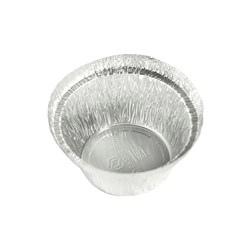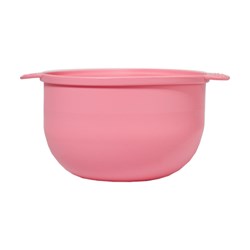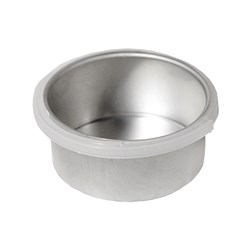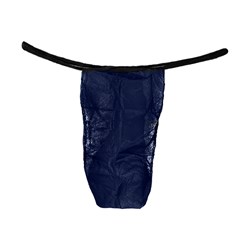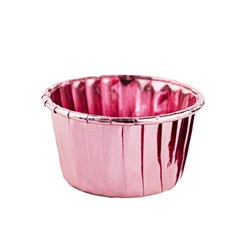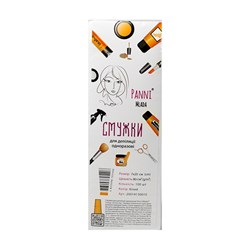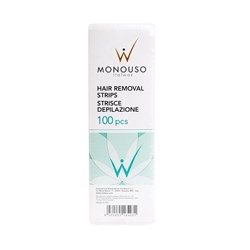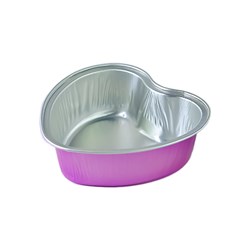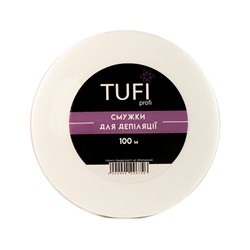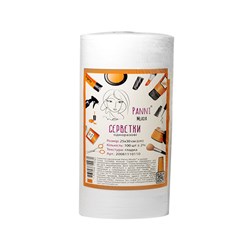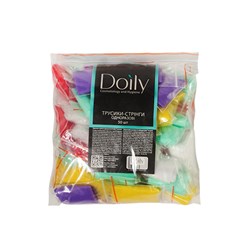Para la depilación
La aparición de un código de vestimenta
Depending on the Profession:
The style of clothing greatly varied depending on the profession. It was often easy to distinguish a baker from a chimney sweep. In such cases, there was no need for a specific dress code, as workers couldn't afford to dress in a way different from their work attire. On the other hand, professionals like doctors and lawyers proudly followed corporate fashion trends.
The need for a professional dress code arose when certain categories of workers began dressing better than expected. Even in the 18th century, the author of the immortal "Robinson Crusoe," Daniel Defoe, noticed that a household servant, given the opportunity to dress up, became less productive. Defoe even dedicated a pamphlet to dishonest maids, stating that "maids now so much desire it that their wages are risen from 30 to 40 shillings a year to six, or even eight pounds, and they expect it in advance. As to their dress, you cannot know a maid from her mistress; sometimes the maid is the better dressed of the two." Defoe's call didn't have much resonance since in the 18th century, it was customary to dress servants as well as possible to show off one's status. However, Defoe's ideas gained traction in the 19th century, and maids were expected to dress modestly and neatly. The higher society of European countries developed its own unspoken dress code by which individuals from "their circle" could be unmistakably identified. Aristocracy and other social groups followed suit, as they were also interested in recognizing their own people. Professional communities associated themselves with their dress styles. For instance, Parisian milliners, seamstresses, and flower girls were called "grisettes" because they preferred to wear "grisette" outfits made from cheap fabric. Later, they became known as "grisettes" throughout Europe. Even in the 19th century, society was accustomed to doctors wearing white coats and chefs wearing tall hats.
In the same century, a movement against unwritten wardrobe rules emerged. Bored Victorian ladies, hungry for something new, became the catalysts for the fight for the freedom to choose clothing. In the 1850s, American Amelia Bloomer surprised the world and explained in the pages of her women's magazine that women have the right to wear pants, as long as, of course, they wear a skirt on top of the pants. Mrs. Bloomer herself designed the new clothing style and initially wore a short skirt with pants underneath. Later, Amelia Bloomer switched to conventional dresses, but her example proved contagious. In 1881, her ideas were taken up by the Rational Dress Society, founded in London by the Countess of Harberton. Members of the society called for giving up corsets and similar items that hindered movement, but the movement didn't go much further than words. Nevertheless, the idea that traditional "decent" and "appropriate" clothing infringes on personal freedom was born.
In the 1970s, employers resisted the pressure from counterculture, which had successfully captured the masses. They imposed strict dress codes and firmly established that an employee with a mohawk couldn't serve customers. In the early 1980s, when the yuppie generation emerged, employees themselves tried to impress their bosses with appropriate business attire. During the Reagan and Thatcher era, the strong spiritual turmoil observed in the West in the 1960s and 1970s faded away. The introduction of strict dress styles aligned with society's views.
As for the beauty industry, an apron is an essential item in the wardrobe of manicurists and hairdressers. Clothing in the service sector is always complemented by aprons. This accessory protects the main clothing from dirt. Aprons shield against drops of polish, nail remnants, and liquids. They also serve for storing various small items, which is why they typically have many pockets attached to them.



